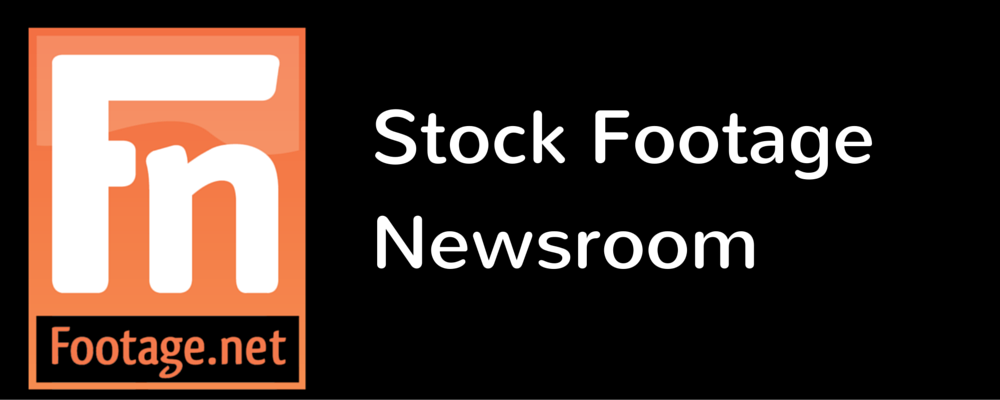Elizabeth Klinck Helps Build an All Archive Portrait of Frank Zappa
/Eat That Question – Frank Zappa in His Own Words, includes no originally shot footage, relying on 100% archival material to build a portrait of the iconoclastic musician and composer.
Elizabeth klinck and thorsten schutte at the 2017 focal awards. With Raphaëlle Cittanova from Films du Poisson and Paul Bowman, Head of Film Culture at Film london (the award sponsor).
"There was this pure need for this film to be made in this form, to give Frank the platform to speak for himself," said director Thorsten Schutte. "Because if you look at this archive footage that we've been working with, the hundreds of hours, a whole different Frank Zappa emerges."
Finding archival source material from around the world was a huge research effort. More than 70 sources were approached, and 40 archival sources were used in the final film.
We spoke with Elizabeth Klinck, the films Archive Producer, about the process of organizing this archival mega-search, finding rare archival gems and clearing the rights from a wide network of international sources.
Footage.net: Eat That Question took over eight years to produce. How much of that time was spent sourcing and clearing archival materials? Were you on the project for the entire time?
Elizabeth Klinck: The work was done in various stages. I was on the project for the last five years.
Footage.net: The film consists of 100% archival footage. That must have necessitated gathering an enormous amount of archival material. Was this one of the larger projects you’ve worked on?
EK: Yes it was. Other films have come close (How To Change the World was 85% archival) but this was unique in that there were no current interviews with family members or musicologists, but just Frank Zappa “In His Own Words” 100%.
Footage.net: How do you get a project like this started? What are the first steps in sourcing archival materials of this scope?
EK: Luckily, Frank Zappa has a legendary number of fans around the world so we were able to start by sourcing material through lists built by various Zappa fan base groups. The “vault” belonging to the Zappa family was important as another starting point. Then it was a wide net thrown to the main archive houses, international broadcasters, private collectors, photographers, and even a show produced by a Pennsylvania based Educational Broadcaster hosted by a State trooper!
Footage.net: How big a factor is YouTube in a project like this?
EK: YouTube is an invaluable research tool and offers a researcher a visual cue (URL) for searching and clearing with the copyright owners. A YouTube clip URL is worth three paragraphs of description in an email request!
Footage.net: How does that all-archive approach affect the filmmaking process? Does the film’s structure and narrative emerge from the archival materials? Or did the director have a very clear idea of the story he wanted to tell from the outset?
EK: It is both. Thorsten had a clear idea of what he wanted to tell, but there were some lovely archival surprises that helped shape the film as well.
FN: What are the main differences between working on a music-related doc and working on other kinds of films?
EK: The main difference is the many layers of rights and clearances to consider – the underlying synchronization and master music rights, the droits d’auteur, and in this case considering copyright issues from many different countries.
FN: Was getting clearances and rights especially challenging? Why?
EK: There were many sources of materials in many countries. And due to the age of some of the early clips, it was a challenge tracking down any copy not only the masters.
FN: How significant, in terms of obtaining rights and clearances, was the involvement of the Zappa family?
EK: Very. Thorsten Schuette, the director of the film, spent several years negotiating these rights with Gail Zappa on behalf of the Zappa Family Trust. They were very supportive and Gail Zappa loved the finished film. Sadly she died before the premiere at Sundance but she had seen the finished film before she died.
FN: Aside from the usage licenses, what were the main rights that needed to be cleared for most of the footage you used?
EK: We needed to clear all media including theatrical.
FN: You approached 70 archival sources, 40 of which were ultimately used. Were you dealing mostly with large institutions or with individual owners/collectors, or a mix of both?
EK: A mix of both.
FN: Were there sources that you wanted to work with but just could not come to terms with?
EK: A few sources no longer had the master material available to license.
FN: Was there a lot of footage readily available? Or did it all take extensive digging?
EK: There was a lot of digging!
FN: Were there interviews or performances that you really wanted but could not find or otherwise obtain?
EK: An early Dick Cavett interview had been lost.
FN: What’s the most satisfying part of this work for you?
EK: Working with a great team: Thorsten Schuette (director), Willi Wonneberger (editor) Estelle Fiallon and Claire Babany (producers) and Liz Etherington (visual researcher) were all fantastic. It takes stamina, dedication and commitment to work for eight years on one project. It wouldn’t have happened without such a terrific group of people making sure that it happened on budget, on time, premiered at the Sundance Film Festival, and opened worldwide theatrically.
FN: Lastly, Eat That Question won a FOCAL Award back in May. Congratulations! That must have been exciting.
EK: Winning the FOCAL award this year in London was the perfect reward for so many years of dedication and work for our entire team. It was a wonderful evening!

